The Heavy Duty Vehicle Braking System Market is currently characterized by a dynamic competitive landscape, driven by technological advancements and increasing regulatory pressures for safety and efficiency. Key players such as Bendix Commercial Vehicle Systems (US), Wabco Holdings Inc. (US), and Knorr-Bremse AG (DE) are at the forefront, each adopting distinct strategies to enhance their market positioning. Bendix, for instance, emphasizes innovation in braking technologies, focusing on advanced driver-assistance systems (ADAS) to improve safety. Wabco, on the other hand, has been actively pursuing strategic partnerships to bolster its product offerings, while Knorr-Bremse is concentrating on expanding its global footprint through targeted acquisitions and local manufacturing initiatives. Collectively, these strategies contribute to a competitive environment that is increasingly focused on technological differentiation and operational efficiency.
In terms of business tactics, companies are increasingly localizing manufacturing to reduce lead times and enhance supply chain resilience. This approach appears to be a response to the growing demand for customized solutions in various regional markets. The competitive structure of the Heavy Duty Vehicle Braking System Market is moderately fragmented, with several players vying for market share. However, the influence of major companies like Bendix, Wabco, and Knorr-Bremse is substantial, as they set industry standards and drive innovation.
In August 2025, Bendix Commercial Vehicle Systems (US) announced the launch of its latest braking technology, which integrates AI-driven analytics to optimize braking performance in real-time. This strategic move not only positions Bendix as a leader in smart braking solutions but also aligns with the industry's shift towards digitalization and data-driven decision-making. The introduction of such advanced technologies is likely to enhance safety and efficiency, thereby attracting a broader customer base.
Similarly, in July 2025, Wabco Holdings Inc. (US) entered into a strategic partnership with a leading telematics provider to enhance its fleet management solutions. This collaboration aims to integrate Wabco's braking systems with advanced telematics, enabling fleet operators to monitor vehicle performance and braking efficiency remotely. This initiative underscores Wabco's commitment to leveraging technology to improve operational efficiency and safety in heavy-duty vehicles.
In September 2025, Knorr-Bremse AG (DE) completed the acquisition of a regional braking system manufacturer, which is expected to strengthen its market presence in Europe. This acquisition not only expands Knorr-Bremse's product portfolio but also enhances its ability to cater to local market demands. Such strategic moves reflect a broader trend of consolidation within the industry, as companies seek to enhance their competitive edge through expanded capabilities and resources.
As of October 2025, the Heavy Duty Vehicle Braking System Market is witnessing significant trends such as digitalization, sustainability, and the integration of artificial intelligence. These trends are reshaping the competitive landscape, with companies increasingly forming strategic alliances to leverage complementary strengths. The focus is shifting from traditional price-based competition to a more nuanced approach that prioritizes innovation, technological advancement, and supply chain reliability. Looking ahead, it is likely that competitive differentiation will increasingly hinge on the ability to deliver cutting-edge solutions that meet evolving customer needs and regulatory requirements.


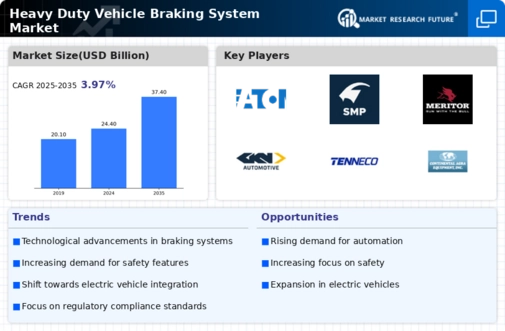
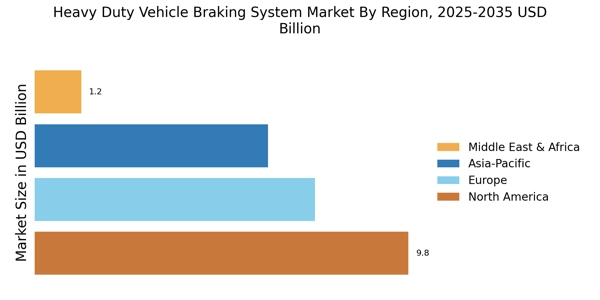
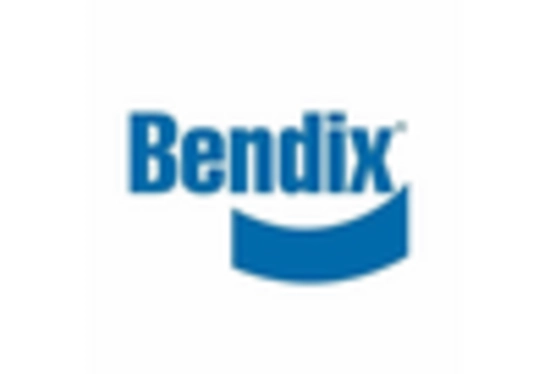
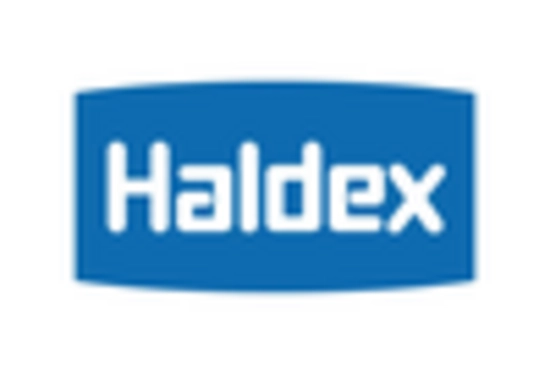


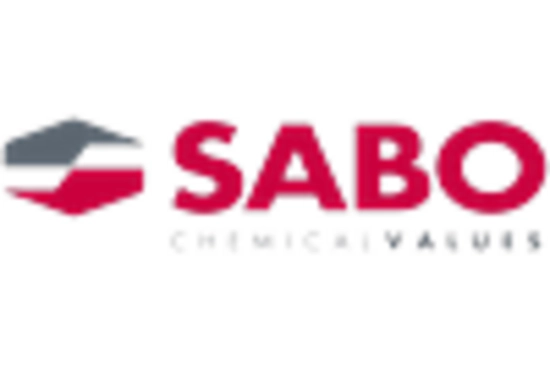
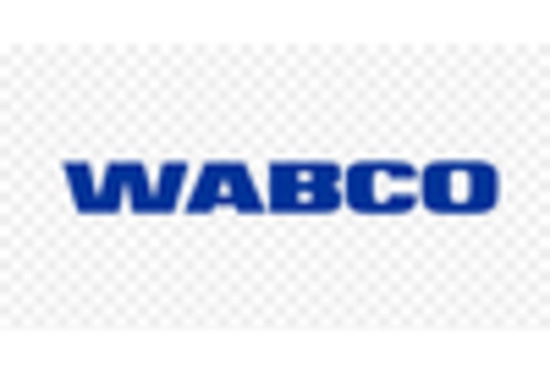








Leave a Comment